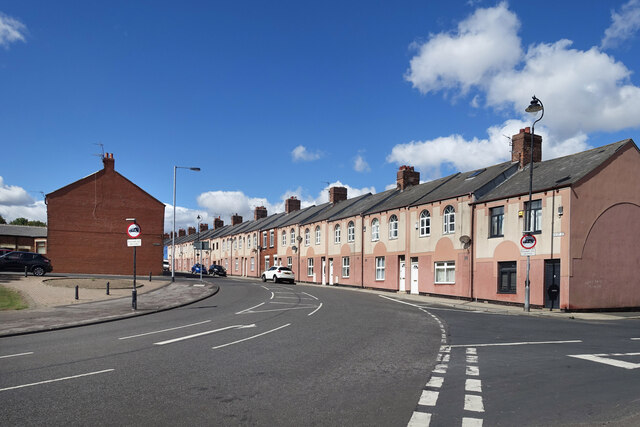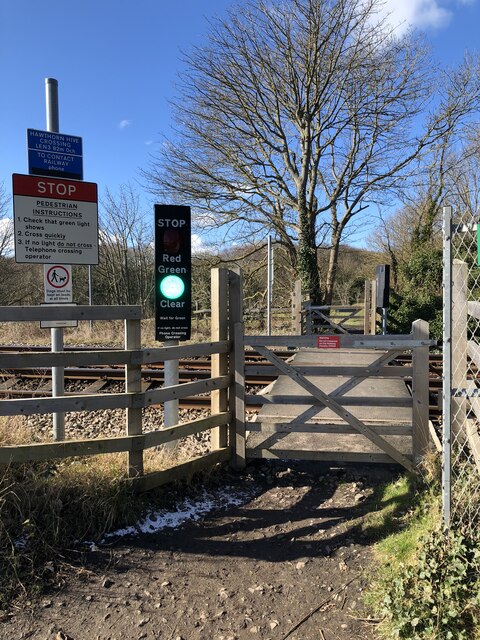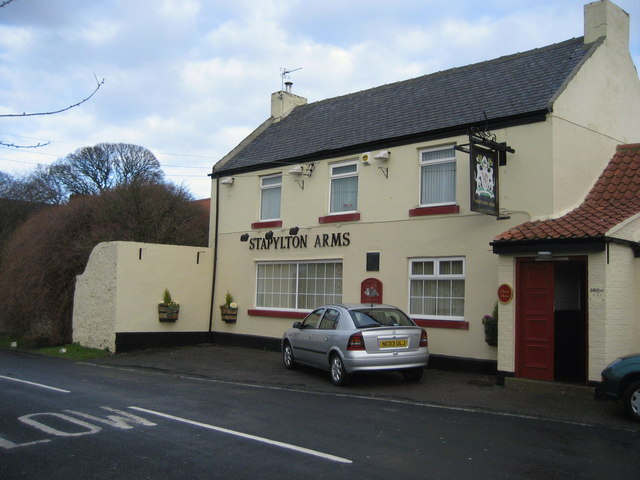Blue House Plantation
Wood, Forest in Durham
England
Blue House Plantation

Blue House Plantation in Durham is a historic property located in the heart of the woodlands and forests of North Carolina. The plantation dates back to the early 1800s and has been meticulously preserved to showcase its original architecture and charm. The main feature of the plantation is the iconic blue house, which gives the property its name.
Surrounded by lush greenery and towering trees, Blue House Plantation offers a peaceful and serene atmosphere for visitors to explore and enjoy. The property also includes a variety of outbuildings, such as a barn and a smokehouse, which provide a glimpse into the daily life of the plantation's past inhabitants.
Visitors to Blue House Plantation can take guided tours of the property, learning about its history and significance in the Durham area. The plantation also hosts special events and educational programs throughout the year, allowing guests to experience the beauty and tranquility of this historic property.
Overall, Blue House Plantation is a must-visit destination for history buffs, nature lovers, and anyone looking to experience the rich heritage of North Carolina's woodlands and forests.
If you have any feedback on the listing, please let us know in the comments section below.
Blue House Plantation Images
Images are sourced within 2km of 54.805222/-1.3173709 or Grid Reference NZ4345. Thanks to Geograph Open Source API. All images are credited.




Blue House Plantation is located at Grid Ref: NZ4345 (Lat: 54.805222, Lng: -1.3173709)
Unitary Authority: County Durham
Police Authority: Durham
What 3 Words
///calibrate.system.toast. Near Hawthorn, Co. Durham
Nearby Locations
Related Wikis
Hawthorn Dene
Hawthorn Dene is a Site of Special Scientific Interest in the Easington district of County Durham, England. The site occupies the incised valley of Hawthorn...
Hawthorn Quarry
Hawthorn Quarry is a Site of Special Scientific Interest in the Easington district of east County Durham, England. It is a working quarry, currently operated...
Hawthorn, County Durham
Hawthorn is a village in County Durham, England. It is situated between Seaham and Easington. The only public building in the village of Hawthorn is the...
Hope Wood Academy
54.7898°N 1.3362°W / 54.7898; -1.3362 Hope Wood Academy is an academy based in Easington Colliery, County Durham. The school caters for pupils aged 2...
Nearby Amenities
Located within 500m of 54.805222,-1.3173709Have you been to Blue House Plantation?
Leave your review of Blue House Plantation below (or comments, questions and feedback).















